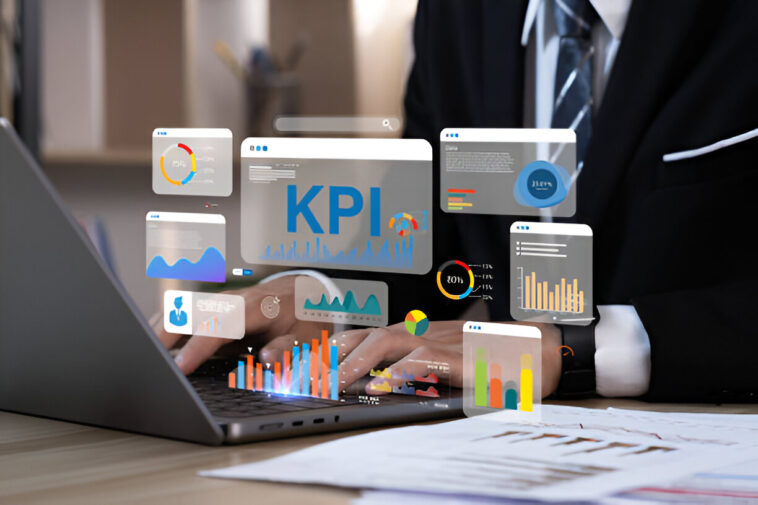A lot of business owners ask, “How do I know if it’s a good time to spend money on advertising for my business?” The answer can be complicated, but my rule of thumb is simple: it’s time to invest when your funnel is solid.
What does it mean to have a “solid funnel”?
First, let’s break it down. A marketing funnel tracks the customer journey from awareness to consideration to purchase. In other words, your funnel helps you understand how leads progress through various stages until they become paying customers. A solid funnel means you can measure how well your potential customers are moving from one stage to the next, and you have systems in place to nurture them throughout that process.
Let’s dive into each stage of the funnel and how to ensure you’re ready to put your advertising dollars to good use.
Top of the Funnel: Awareness
At the top of the funnel, it’s all about awareness. This is where people first learn about your business, whether physical or virtual. How many people pass by or walk through your doors if you’re running a brick-and-mortar store? If you’re an online business, how many visitors land on your website or engage with your social media content?
To know if you’re ready to invest in ads, you need to have a firm understanding of your reach at this stage. How many “eyeballs” are seeing your business? Tracking this data is essential because the whole point of advertising is to make more people aware of what you offer. If you can’t measure how many people see your business now, how will you know if your ads work?
This is why it’s critical to have some analytics in place—whether tracking foot traffic in your store or monitoring website visits and social media engagement online. Once you know how many people you’re reaching organically, you’ll be able to see how much impact an ad campaign can have.
Middle of the Funnel: Consideration
Now, let’s talk about the middle of the funnel, where people are moving from awareness to consideration. This is where they’re engaging more deeply with your business, showing signs of interest. For a physical business, this could mean more people are coming into your store, checking out products, or asking questions. If you’re online, this might mean more people are spending time on your website, signing up for your newsletter, or engaging with your content on social media.
If you don’t already know how many of these people are in this “consideration” stage, it’s time to take a closer look. How many website visitors are turning into email subscribers? How many social media followers are inquiring about your services? These are key indicators that people are interested, but may not be ready to buy just yet.
This is where you need to focus on nurturing your leads. A good lead nurturing strategy helps move potential customers down the funnel, bringing them closer to making a purchase. If you’re confident that your business is doing a great job of nurturing potential clients, you’re better positioned to take advantage of an ad campaign.
Bottom of the Funnel: Conversion
Finally, at the bottom of the funnel, we get to the point of conversion—the sale. At this stage, you want to be sure you have systems in place to make it easy for leads to take the final step. This could mean offering a trial period, an easy return policy, or an in-person consultation for physical businesses. If you’re running a service-based business, you might offer a free consultation or demo so potential clients can get a feel for what it’s like to work with you.
For digital businesses, do you have an easy checkout process or a “try before you buy” offer? If you’re selling a product, is your return policy clear and customer-friendly? If you’re providing a service, can customers have a conversation with someone from your team before making a commitment? These small details can make a big difference in whether a lead decides to convert or walk away.
Knowing Your Numbers is Key
So, how do you know if your funnel is ready for advertising? It’s all about the numbers. For example, if you know that you need to close 10 new clients each month, how many potential leads do you need to get there? Do you know how many “eyeballs” at the top of the funnel translate into real customers at the bottom?
If you’re aiming for 10 new clients, do you need to reach 1,000 people, 5,000, or maybe 10,000? Understanding these numbers is crucial. Why? Because advertising is meant to get you more visibility at the top of the funnel. But if you don’t know how many leads you need at the top to get a certain number of clients at the bottom, you’re just throwing money into the wind.
When you’re confident in your funnel and know how to measure each stage—awareness, consideration, and conversion—then it’s time to consider paid advertising.
Conclusion: Ready to Advertise?
The goal of any ad campaign is to get more eyeballs on your business and, ultimately, more conversions. But before you start spending, make sure your funnel is solid. Know how many people you’re reaching, how well you nurture leads, and how easily you can convert them into paying customers. Once those elements are in place, you’re in a solid position to invest in advertising and scale your business.

